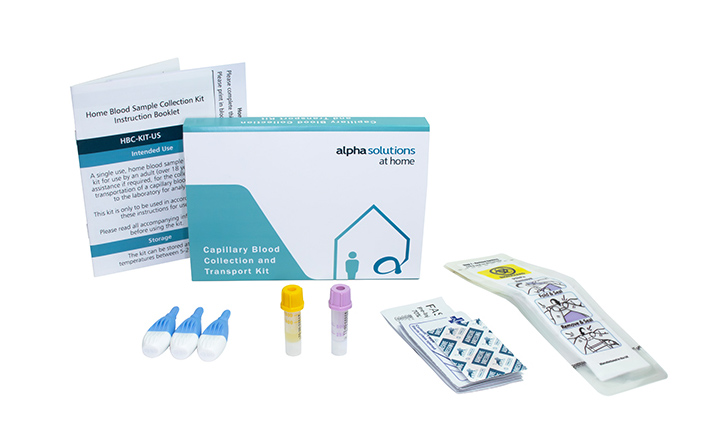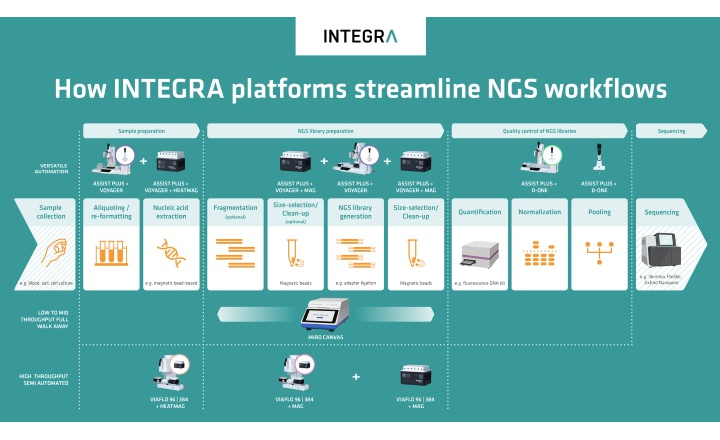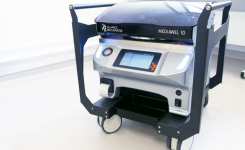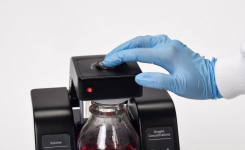The WASP Touch® spiral plater is a precision laboratory instrument designed to deposit accurate volumes of liquid sample in an Archimedes spiral onto the surface of a rotating agar plate. Spiral plating is well documented and validated as an effective method for the enumeration of microorganisms. It is extremely simple to use and provides real cost savings and process improvements.
According to customers, one of the biggest advantages of the WASP Touch is the ability to dispense multiple samples with a standard sample volume and spread. This level of reproducibility would not be possible using traditional microbiology techniques and significantly decreases the time taken for each sample whilst increasing inter-sample reproducibility.
At the Bilacon laboratory of Tentamus, Germany, they use the WASP Touch to automate and accelerate the plating process in microbiology and guarantee precise, fast results. In his video, Tobias Stapper, head of the microbiology department, explains how the WASP Touch and the ProtoCOL 3 Plus colony counter work together in his lab.
Using WASP Touch in conjunction with an automated colony counter, such as ProtoCOL, dramatically reduces lab time, and using the device’s automated protocols avoids a lot of the errors that might be seen if data are collected by multiple users. ProtoCOL is significantly quicker than manual counting, and the images produced are superior to a standard camera. Such time savings and increased accuracy will also enhance confidence in the results.
Ideal for food labs, dairy microbiology, breweries, water, environmental labs, or anyone needing to calculate MICs, this robust, reliable device could really save time and money in your laboratory.
Visit Don Whitley Scientific or contact the supplier directly by using the Request Information button below.

























